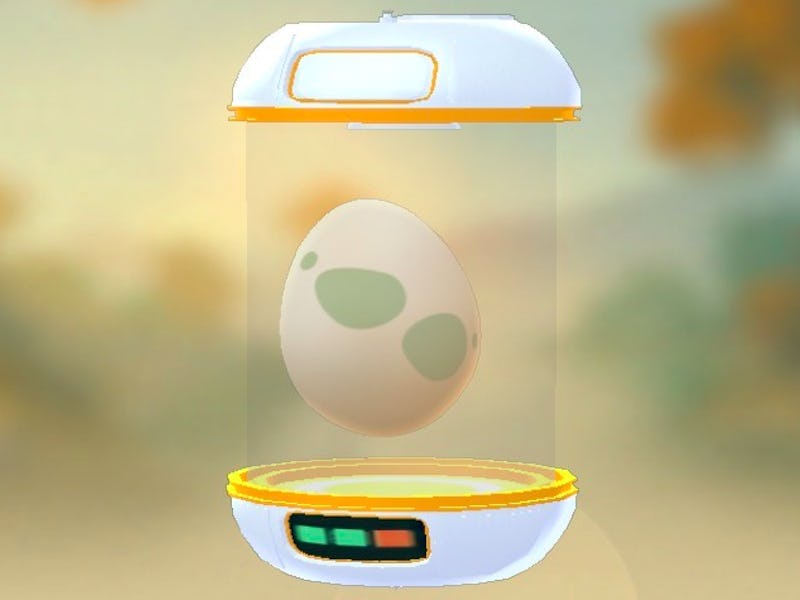The Fastest Way to Hatch ‘Pokemon GO’ Eggs
Sometimes, you just have to bite the bullet and take a hike.

The latest update for Pokémon GO has been released to trainers across the world, introducing the first set of Generation 2 Pokémon from Pokémon Gold and Silver to Niantic’s mobile game. These new Generation 2 Pokémon are baby Pokémon too, like Pichu and Togepi, which unfortunately means that you won’t be able to find them out in the wild in Pokémon GO. Instead, you’re going to have to hatch them from Pokémon Eggs — which are one of the most tedious ways of collecting new Pokémon in the game.
If you haven’t dabbled much with Pokémon Eggs in Pokémon GO, the basics are relatively simple. When visiting a PokéStop you’ll have a chance to snag an egg as a reward, which will be added to your inventory on your mobile device. These eggs are divided into three categories: 2 km, 5 km, and 10 km — which determine the rarity of the Pokémon inside. Once you’ve obtained one, you’ll have to place it inside of an incubator and then travel the distance required by the egg (with the app open) to get it to hatch into a Pokémon.
Since Pokémon GO first came out, players have been trying to hatch eggs using cars, trains, and other forms of travel but Niantic quickly shut the practice down by updating the way its servers handle location data. Now, there’s no way to cheat the system to speed up the Pokémon Egg hatching process. But, that doesn’t mean there aren’t optimal ways of hatching your eggs in hopes of obtaining one of the new Generation 2 Pokémon.
Keep your incubators full.
Essentially, Niantic’s servers update every 1-2 minutes with your location data, meaning that if you walk too fast to a location then back track your way to your original position, Pokémon GO probably isn’t going to give you the entire distance you traveled. As such, it’s best to proceed through larger areas like parks, malls, or cities when attempting to hatch your egg so have a much larger area to walk through where the servers can track your distance traveled easily. Plus, it doesn’t hurt to pick a place lined with PokéStops to keep your egg reserves from depleting.
Pokémon GO also tracks the speed at which you are traveling when it’s open on your mobile device, meaning that if you happen to be moving through an area too quickly, it won’t add tally up your distance with that required for your eggs to hatch. If you’re determined to use a vehicle or are an avid biker, make sure to keep your maximum traveling speed around/under 6.5 miles per hour to make every inch count towards your Pokémon Eggs. Provided you do so, it’s relatively easy to hatch eggs by driving around your neighborhood or riding the bus around downtown. Just remember to keep your application open with a steady connection to the Pokémon GO servers.